Special Report
Antibiotics in Foods: Everything You Need to Know

Published:
Last Updated:

If seeing “raised without the use of antibiotics” on your meat labels gives you some comfort about what you’re putting into your body, your fears may be misguided. The USDA tests meat, dairy, and eggs for antibiotic residues before allowing the products to enter the market.
But if there aren’t significant amounts of antibiotic residues in meat and dairy, then why are consumer preferences trending toward animals raised without antibiotics? While there so happen to be good reasons for this trend, consumers certainly do not always have it right — click here to see health foods that are actually ruining your diet.
The answer is antibiotic-resistant bacteria. When antibiotics are used repeatedly to kill bacteria, those bacteria eventually adapt, rendering the antibiotics less effective, and requiring the invention of new ones to kill the same species of bacteria.
Each year around 23,000 people in the United States and 700,000 globally die due to antibiotic-resistant bacteria. Those numbers could skyrocket if efforts aren’t made to curb the growing problem or if new antibiotics aren’t invented fast enough to keep mutating strains of bacteria in check.
Antibiotics have been used in livestock and poultry for decades to treat, prevent, and control illnesses. They have also been used to promote weight gain. In 2017, to help address the growing problem of antibiotic-resistant “superbugs,” the FDA banned the use of certain antibiotics in livestock for the purposes of growth promotion or feed efficiency. The agency only banned the “medically important” antibiotics, drugs that are also used in humans and considered crucial in fighting human illnesses.
To determine everything you need to know about antibiotics in food, 24/7 Tempo referred to current FDA regulations as well as numerous scientific publications. Note that data from before 2017 reflects the way antibiotics were used in livestock prior to the FDA ban on the use of medically important antibiotics as growth promoters in food-producing livestock.
Click here to see 23 things you need to know about antibiotic use in food
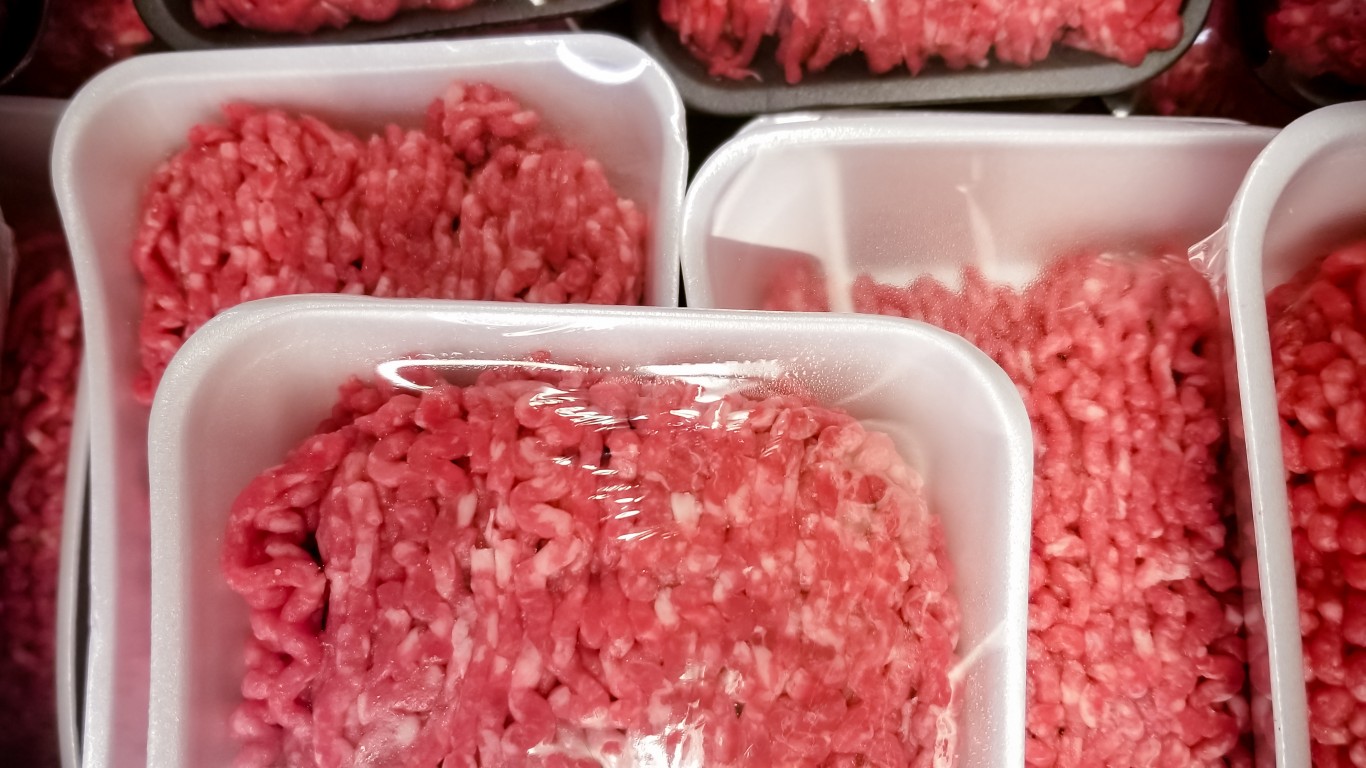
Animal products should contain no antibiotic residues
Because large amounts of antibiotics are harmful and some people are allergic, the FDA inspects all commercial meat, eggs, and dairy to ensure that they contain no antibiotic residues.
[in-text-ad]
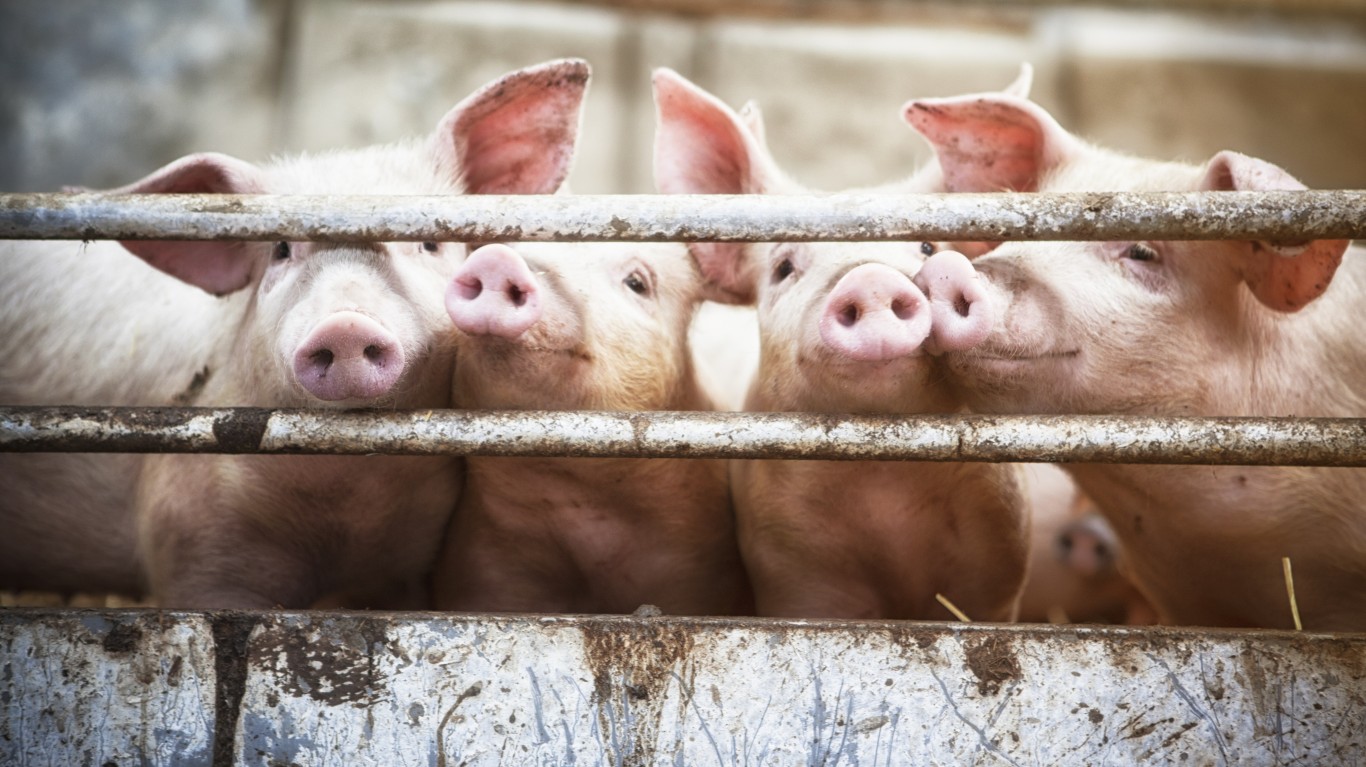
There is a mandatory antibiotic withdrawal period for livestock
All food-producing livestock that were administered antibiotics undergo a mandatory withdrawal period so that the antibiotics can clear their system before they are slaughtered or reintroduced to the dairy or egg production line.

Ban on use for growth purposes
In 2017 the FDA banned the use of medically important antibiotics — those also used to treat humans — in animal feed for the purposes of growth promotion and feed efficiency. The ban came as certain bacteria have become increasingly resistant to antibiotics.

Antibiotics are used as pesticides
Antibiotics are routinely sprayed on some fruit and vegetable crops as a pesticide. About 16% of apple acreage and 40% of pear acreage is sprayed every year, though the trees are only sprayed when the blossoms appear and not while there is fruit on the branches.
[in-text-ad-2]
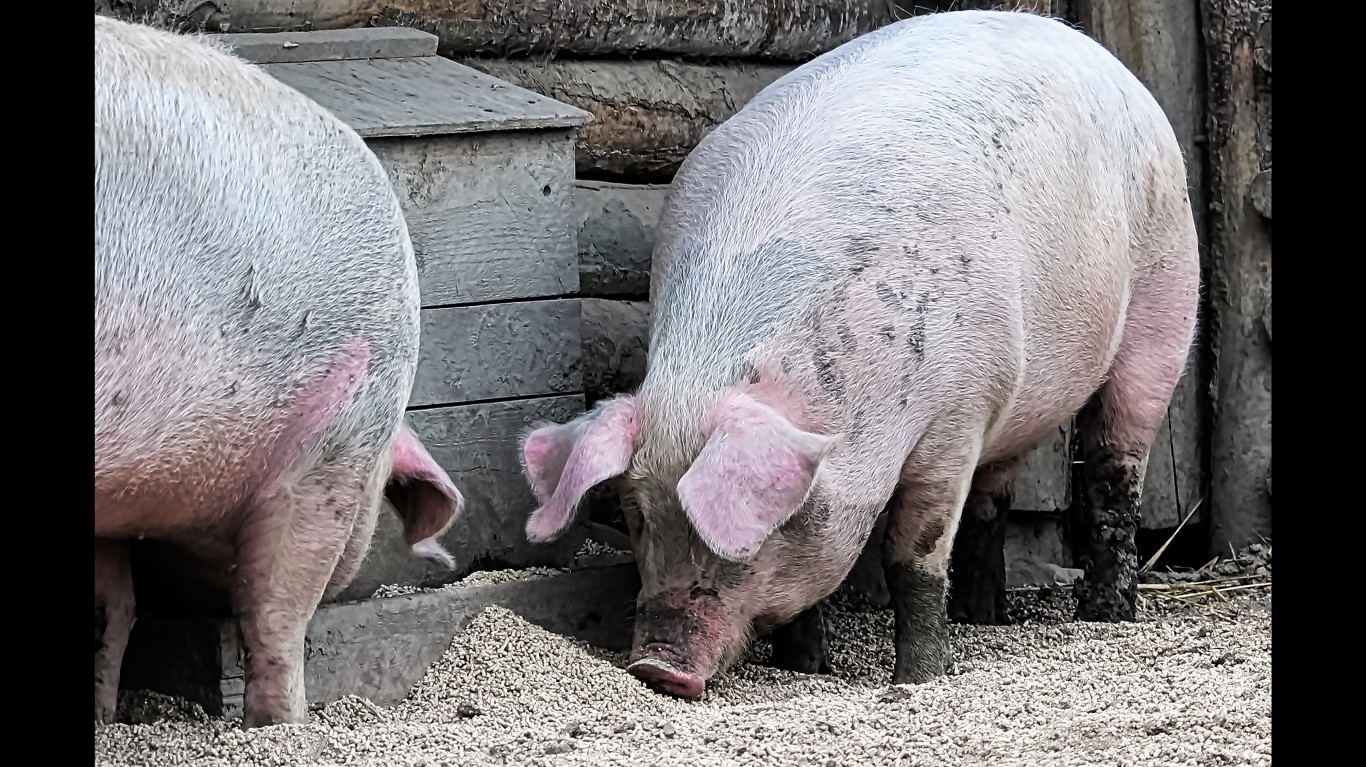
Farmers used antibiotics to promote animal growth
Around 1950, after scientists discovered that animals fed antibiotics gained weight faster, farmers began using sub-therapeutic doses of antibiotics in animal feed to promote growth and increase the efficiency of their feed. This practice, however, has now been largely banned.
Beekeepers sometimes use antibiotics in their hives. The regulations on honey are not very strict in the United States and also vary from country to country. As honey is often imported, it can contain antibiotic residues.
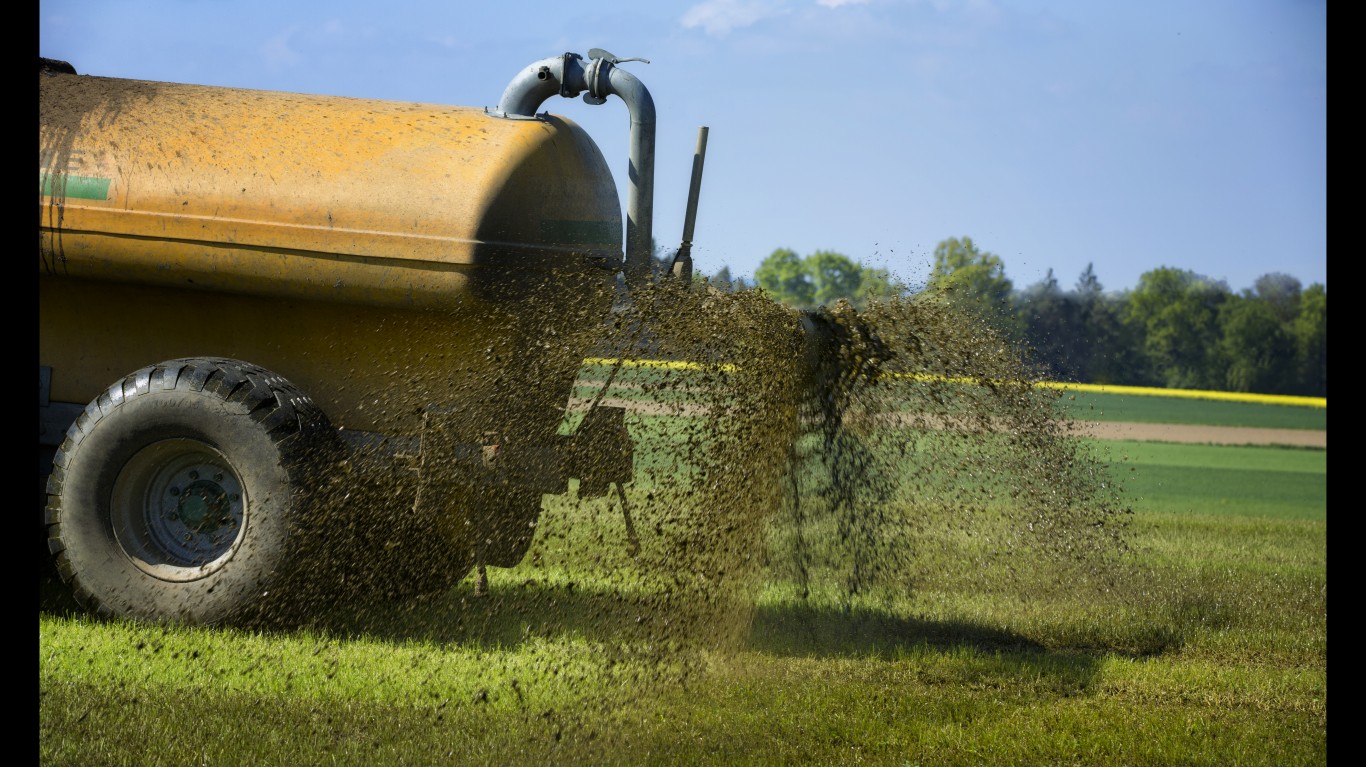
Manure used in agriculture can contain antibiotic residues
Crops are sometimes fertilized with manure that could contain antibiotic residues.
[in-text-ad]

Do residues in food directly harm humans?
Antibiotics in food and water sources could affect human gut flora by killing beneficial bacteria, but there are very few studies demonstrating what amount of residues in food might be harmful to the human gut microbiome. Antibiotics residue is of more serious concern to people who are allergic to antibiotics and could have an anaphylactic reaction.
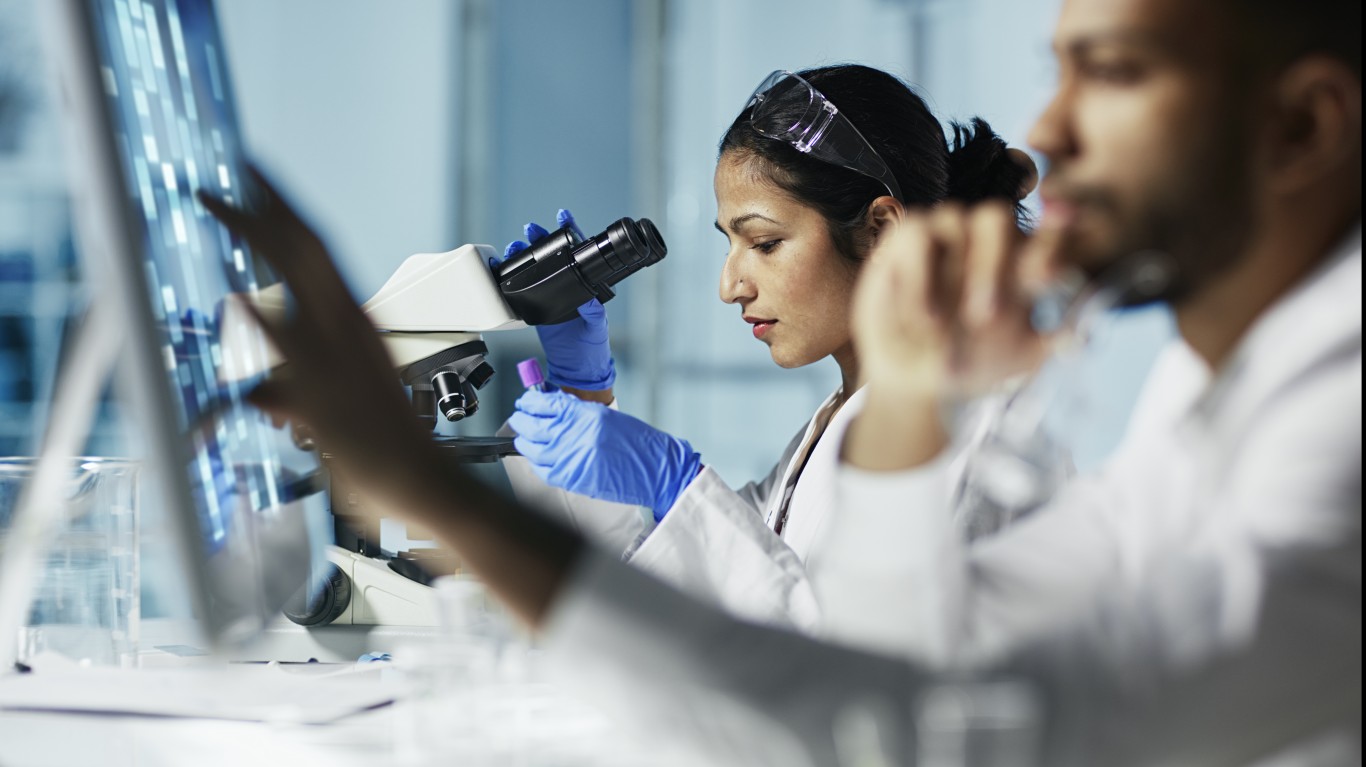
What do tests show about antibiotics in foods
In 2010, FDA testing of animal food products revealed that 2% contained antibiotic residues, and only 0.1% had residue levels in violation of federal standards. Violations were most common in veal cows, turkeys, and rabbits. Following the 2017 ban, it is possible residue levels have changed.

Residues in water supply
Antibiotics from human and agricultural waste can remain in public water systems even after processing.
[in-text-ad-2]

Antibiotics are used primarily in animal husbandry
Between 70% and 80% of antibiotic sales in the United States go to livestock rather than humans.

Antibiotics sales are decreasing
Before the new regulations in 2017, sales of medically important antibiotics for use in food animals were already decreasing. They dropped 33% between 2016 and 2017.
[in-text-ad]

Organic milk regulations
Organic milk comes from cows never treated with antibiotics. If an organic milk cow gets sick enough to require antibiotic treatment, its milk may no longer be used by the organic farm. The cow is usually treated and then permanently removed from the organic herd.

There may still be antibiotic residues in milk
Despite regulations and testing, antibiotic residues may still exist in some foods. A June 2019 study of purchased half-gallons of milk published by Cambridge University Press showed that of the organic milk samples tested, none contained traces of antibiotics. But 26%-60% of the conventional milk samples purchased tested positive for various antibiotics, including drugs that have been prohibited for use in dairy cows. Several samples showed residue levels above federal limits.

A national monitoring system helps track antibiotic resistance
In 1996, the National Antimicrobial Resistance Monitoring System (NARMS) was established. NARMS tracks changes in bacteria, specifically related to antimicrobial resistance, in meats, food-producing livestock, and humans.
[in-text-ad-2]
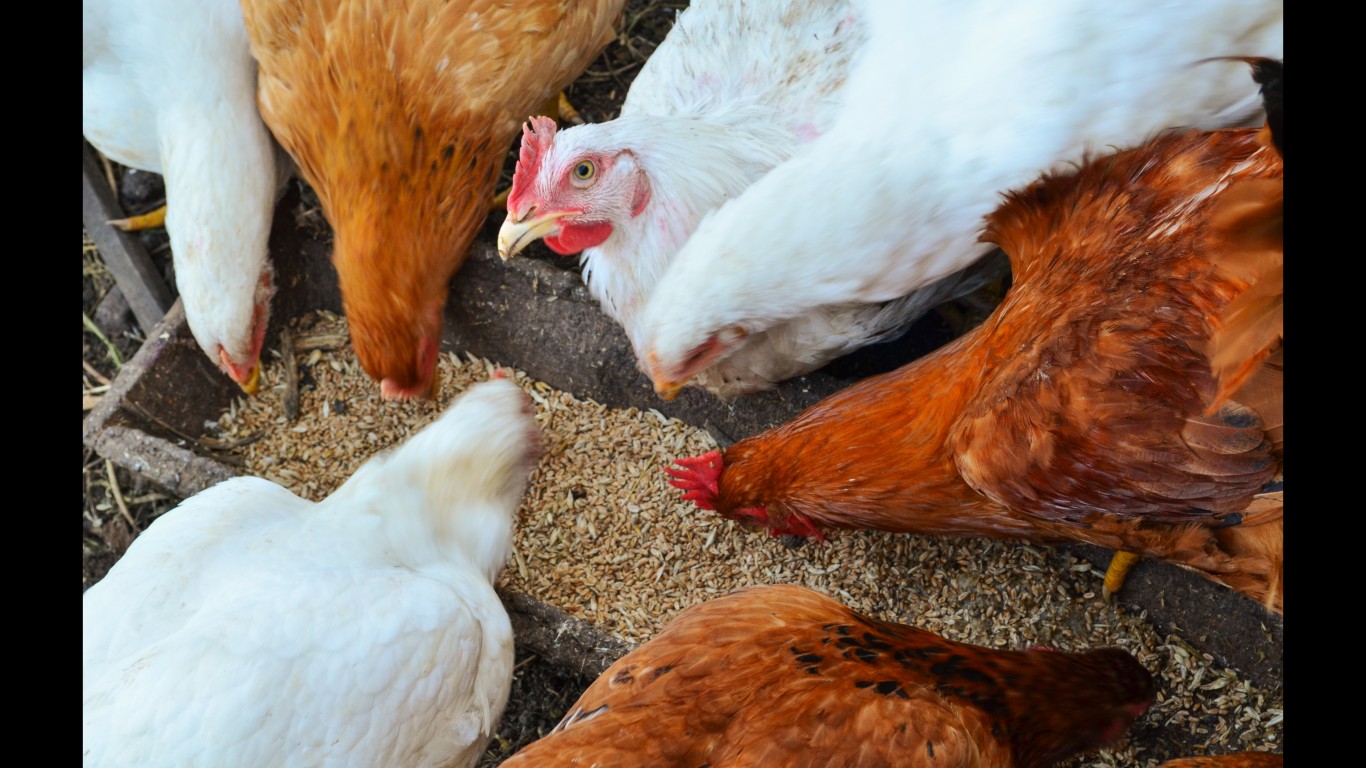
Antibiotics use allowed to prevent disease in healthy animals
Although farmers can no longer feed their livestock antibiotics for growth promotion, they can still feed them preventive doses to counter the illnesses that are common in close living quarters, such as feedlots.
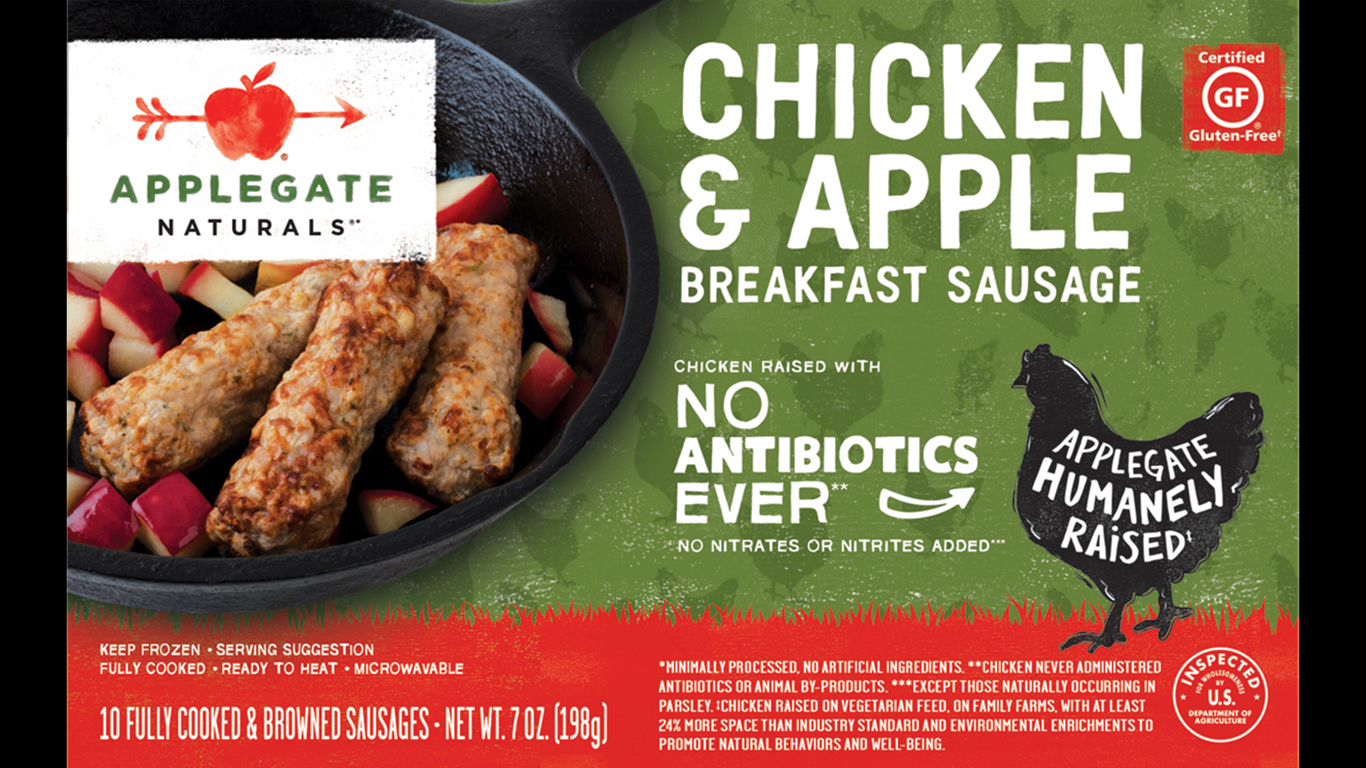
Public pressure leads to changes in antibiotics use
Sales of antibiotic-free meat grew by almost 29% every year between 2011 and 2015.
[in-text-ad]

Veterinary Feed Directive
Federal Veterinary Feed Directive (VFD) rules established by the FDA in 2017 require farmers to have a written prescription when administering medically-important antibiotics to their livestock. The VFD rules do not apply to antibiotics that are not considered medically important.

Voluntary re-labelling
The 2017 FDA restrictions on the use of medically important antibiotics in animal feed were enacted by requesting that drug manufacturers voluntarily relabel their antibiotics, removing growth or feed efficiency from the approved uses, effectively making the use of antibiotics for those purposes illegal.

Millions of pounds used on livestock
In 2010, the FDA published its first ever report estimating the amount of antibiotics sold for use in food-producing livestock. The estimate: nearly 29 million pounds.
[in-text-ad-2]

2018 violations shed light on unsafe levels of antibiotics
According to the FDA’s 2018 Residue Sample Results, the top three antibiotics found in animal food product samples whose residue levels violated federal standards were ceftiofur, penicillin, and sulfadimethoxine. Of the three, only Penicillin is used in humans.

Organic chicken can have higher levels of bacteria
Although organic meats are raised without the use of antibiotics, some studies have shown that organic chicken can contain higher levels of bacteria such as Salmonella, Campylobacter, and Enterococcus. All of these bacteria can be killed by proper cooking, but not sanitized surfaces and dishes may still spread the bacteria.
[in-text-ad]
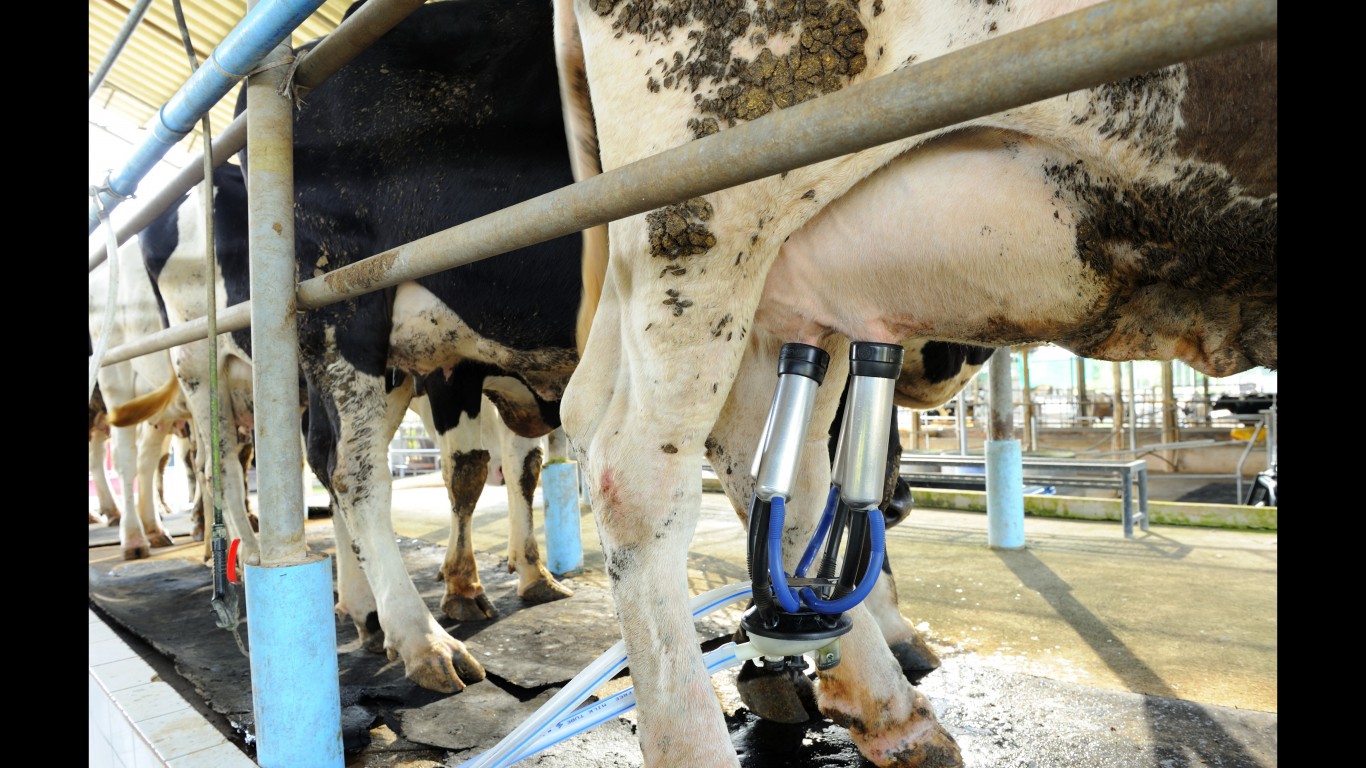
Decline in dairy residue levels
From 1994 to 2015, the amount of milk samples evaluated by the FDA containing beta-lactam antibiotics — the most common drugs used on dairy farms — fell from 0.15% to 0.014%.

Ionophores as safe alternatives
Ionophores are a class of antibiotics that is considered non-therapeutic and is not used in human medicine. Used solely as feed additives to increase the efficiency of animal digestion, ionophores are considered a safe alternative to medically important antibiotics because they have not been shown to contribute to the development of antimicrobial resistant bacteria.
Credit card companies are at war, handing out free rewards and benefits to win the best customers. A good cash back card can be worth thousands of dollars a year in free money, not to mention other perks like travel, insurance, and access to fancy lounges. See our top picks for the best credit cards today. You won’t want to miss some of these offers.
Flywheel Publishing has partnered with CardRatings for our coverage of credit card products. Flywheel Publishing and CardRatings may receive a commission from card issuers.
Thank you for reading! Have some feedback for us?
Contact the 24/7 Wall St. editorial team.